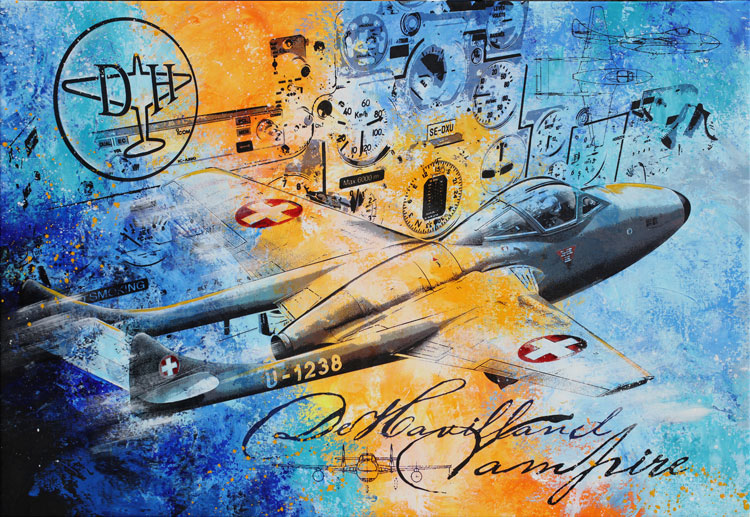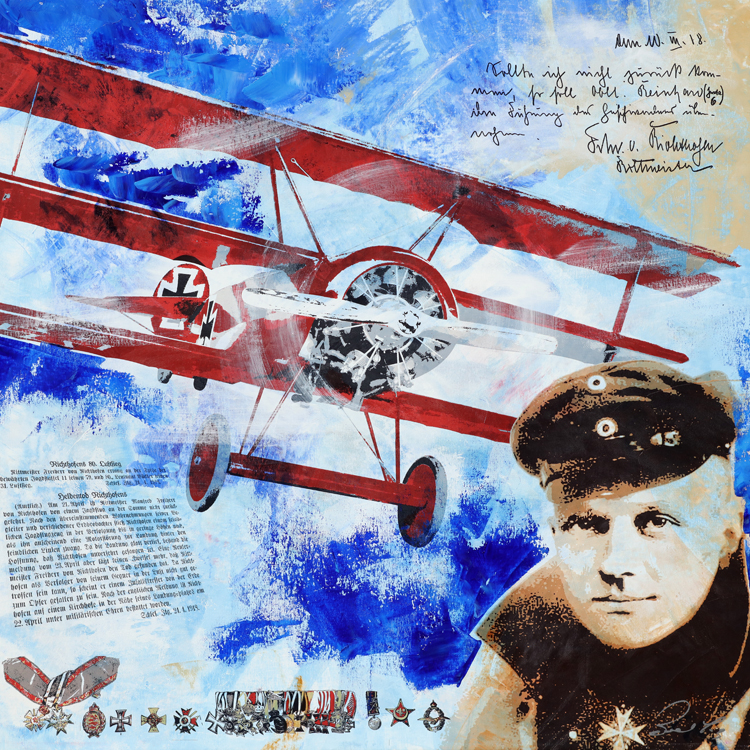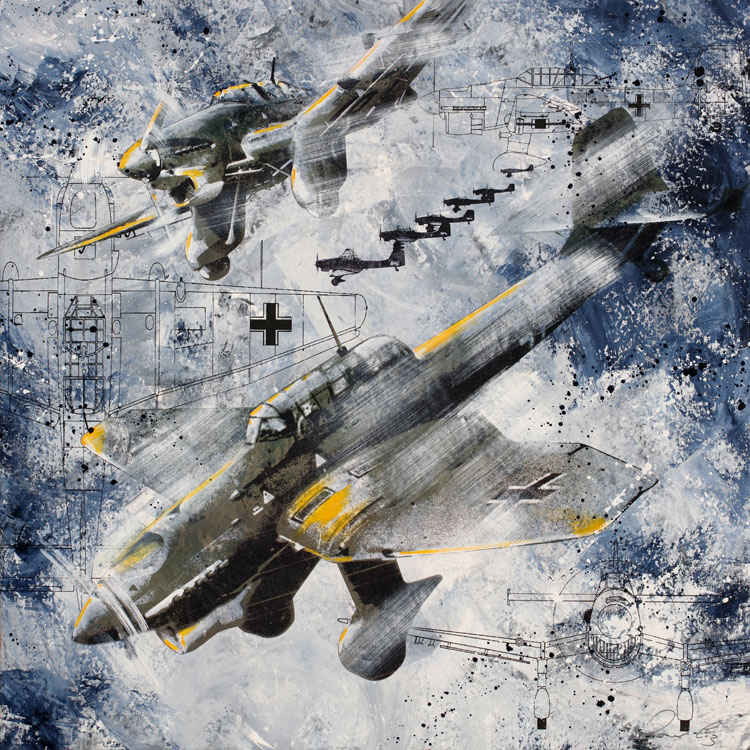The Ju 87 was manufactured by the Junkers aircraft works in Dessau and the Weserflug in Bremen and Berlin-Tempelhof.
Typical of the Ju 87, which was best known as a dive fighter (Stuka), were the gull wing wings, the characteristic casing of the chassis and the demoralizing howling sound of the sirens (“Jericho trumpets”) during a dive attack as psychological warfare. Probably the most typical tone for the Second World War.
Usually the fall was flown at an angle of 70 to 90 °. In order to ensure safe interception even when the pilot was briefly unconscious due to the high G-forces, all Ju 87s had an automatic dive and interception system.
In August 1939 the Stuka accident occurred in Neuhammer (Silesia), the worst catastrophe of the German Air Force before the Second World War. 13 Ju 87s flew into the ground from too low a height during a dive demonstration, killing all 26 crew members.
The Ju 87 was initially used as a close air support aircraft for the army troops in the attack on Poland in 1939 and then in the French campaign in 1940. The Ju 87, a symbol of the Blitzkrieg tactics, dates from this time.
Today there are only two completely preserved Ju 87s: One in the Museum of Science and Industry in Chicago. The other in the Royal Air Force Museum in Hendon, UK.





















